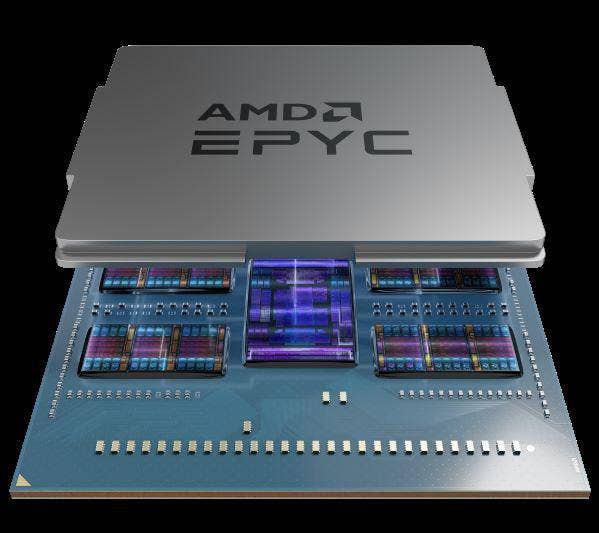AMD CEO Lisa Su: 4th Gen EPYC Genoa Rollout ‘Delivers Leadership’ For Data Center
The company’s latest high power computing chips aimed at the data center fire a direct shot across the bow of rival Intel Corp., which has dominated the x86 data center space but has lost ground to AMD in recent years. ‘AMD has finally become successful in its goal of becoming a true data center provider,’ one channel partner tells CRN.

AMD on Thursday officially launched the highly anticipated fourth-generation EPYC processors for high performance computing (HPC) in the data center.
The new EPYC Genoa processors promise to bring the highest performance core ever offered by AMD to the data center, while increasing energy efficiency for critical workloads across cloud, enterprise and HPC needs, the company said.
The company said with 96 cores, the new processors will support performance and efficiency and help keep data secure with multiple layers of physical and virtual protection with two-times the number of encryption keys compared to previous generations. Based on a 5-nanometer manufacturing process, the processors will run on the latest Zen 4 computing architecture.
“Choosing the right data center CPU is more important than ever,” AMD CEO and Chair Lisa Su said during Thursday’s EPYC launch event. “I’m proud to say that 4th Gen EPYC delivers leadership on every single dimension. It’s the highest performing, it’s the most efficient, and we’re delivering significantly better performance per watt than our competition. And what that means for enterprise and for cloud data centers… it translates to lower (capital expenditures), lower (operating expenditures) and lower total cost of ownership while including all of the performance that we talked about.”
Tom Morton, senior HPC account executive at Burnsville, Minn.-based Nor-Tech said his company is seeing significant gains in the data center with AMD product, pointing to Nor-Tech’s recent $1 million contract to provide AMD’s third-generation EPYC Milan processors for the California Institute of Technology’s Laser Interferometer Gravitational-Wave Observatory. “AMD has finally become successful in its goal of becoming a true data center provider,” Morton said. “As a service, Nor-Tech provides a test bed of the most recent Intel and AMD CPUs and Nvidia and AMD GPUs for its clients to test their code on the latest hardware to compare and contrast benchmark results. In this case, the EPYC provided Caltech with the most performance per dollar.”
And with the latest fourth-generation EPYC release, Morton expects demand to continue and competition between AMD and Intel to heat up even more. “With Genoa (the code name for EPYC 4th Gen), AMD will take its next step to further widen the price/performance gap over Intel,” Morton said. “In 2023, when Intel releases Sapphire Rapids, it too will take a step forward in cores and performance. It’s the end users and researchers who will benefit from this type of healthy competition and choice.”
Intel’s own next generation HPC product - the Sapphire Rapids CPU - has faced numerous delays and are now scheduled to launch in January. AMD’s fourth-generation launch includes 18 products under the EPYC umbrella, ranging from 16 cores to 96 cores with speeds up to 4.4 GHz. The new products also feature support for DDR5 memory and PCIe Gen 5 for artificial intelligence (AI) and machine learning (ML) applications – some of the first chips to achieve this compatibility.
“We have built the best data center CPU roadmap in the industry, and with 4th Gen EPYC we deliver another major step forward in performance and efficiency to make the best server processor roadmap even better,” Su said. “With a significantly expanded set of solutions on-track to launch from our ecosystem of partners, customers selecting 4th Gen EPYC to power their data centers can improve performance, consolidate their infrastructure, and lower energy costs.”
AMD recently reported third-quarter revenue showing softening PC sales shrinking its bottom line with net income falling 93 percent to $66 million and a year-over-year operating loss of $64 million. But business in the data center remained strong, growing 45 percent year-over-year to $1.6 billion in revenue – driven by EPYC sales.
“We are confident that our leadership product portfolio, strong balance sheet, and ongoing growth opportunities in our data center and embedded businesses position us well to navigate the current market dynamics,” Su told investors during an earnings call.